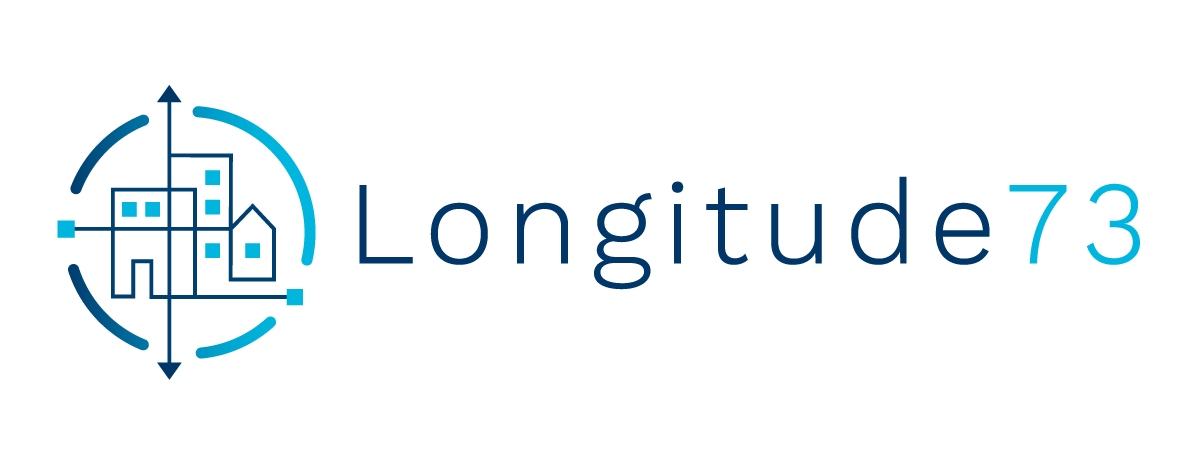By 2019, content marketing is estimated to be a $300 Billion industry. That’s double what it was back in 2015. By that time, the average marketer will be spending 29% of their total marketing budget on content.
But after dropping almost a third of your budget, how do you/will you cut through a ton of “noise” to ensure that your content is actually having an impact? Fact is, consumers don’t have a lot of patience:
When a consumer opts to share their info with you, the unspoken deal is that you’ll return the favor with content that truly adds value.
But what about consumers who haven’t yet pulled the trigger? How can you encourage them to trust you and engage more deeply?
Geo-Relevance in your content marketing. Check out these 3 examples:
- A potential customer lives outside of a major city and drives to ski country on the weekends. An outdoor outfitter can use that “location context” to offer content with the best places to enjoy different activities like snowshoeing or great tubing spots (and also seamlessly tie into products that might come in handy, such as goggles, gloves, whatever). The outfitter is demonstrating a strong connection to the community, giving local content with value – and is thus more likely to score a new customer.
- Someone is looking to book a hotel room. Their online search directs them to a few travel websites. Site “A” has a ton of broken links and outdated information about the area (“Yelp says it’s been closed since 2015!”). Site “B” has a robust listing of current events and activities, local insights, and recommendations on great places to eat, drink, tour and shop. They come across as informed and trustworthy, so which site best invites a customer to stick around?
- An insurance company wants to attract new customers. How exciting is a website with a boring “mug shot”, phone number and a bunch of jargon? Or would they do better by showing how insurance needs and regulations are tied to their unique geographical area (“Why You Need Flood Insurance in Topeka”)? They also highlight a strong link to their community by sharing pertinent local events and news, tips, tricks and resources (“10 Ways to Prep Your House for Winter in Farmington”), and web content that gives stiff-necked “insurance” a context. I don’t know about you, but to me, these guys come across as far more authentic. Thus, I’d be more inclined to give them my business.
The three examples I’ve provided demonstrate how rich content, localized to area and context, encourages a customer to trust you. It makes you stand out because, on one level, you’re showing that you deeply understand their community; on another level, you’re delivering value.
All three are examples of Local Content Optimization or LCO. With LCO, it's finally possible to create a credible localized brand presence, at scale, that delivers contextually relevant content marketing experiences, helping drive salience and conversion across channels.
So ask yourself: Are you building the right experience for when consumers visit you?
When someone visits your site, what kind of experience are you giving them? More importantly, are you giving them any kind of “experience” at all? How about in email or social?
Think about what matters to them. Determine why they’re initially visiting you. Put yourself in their shoes, then keep them around with a steady stream of relevant, locally contextualized content that addresses those needs.


